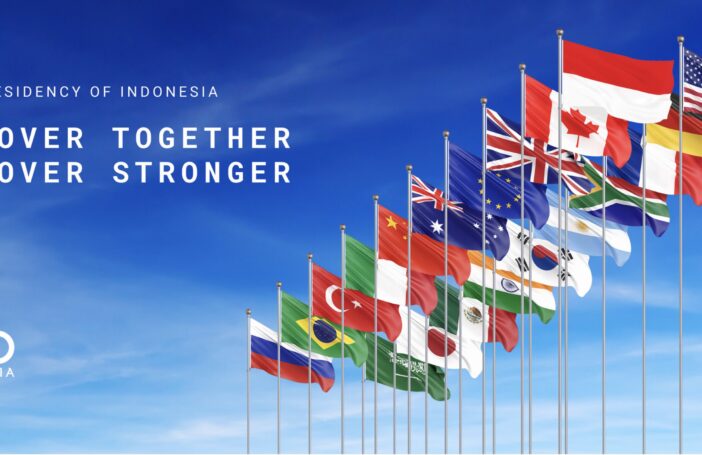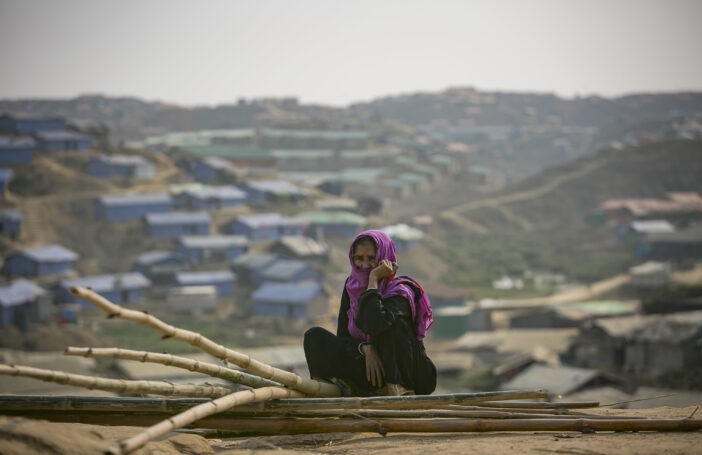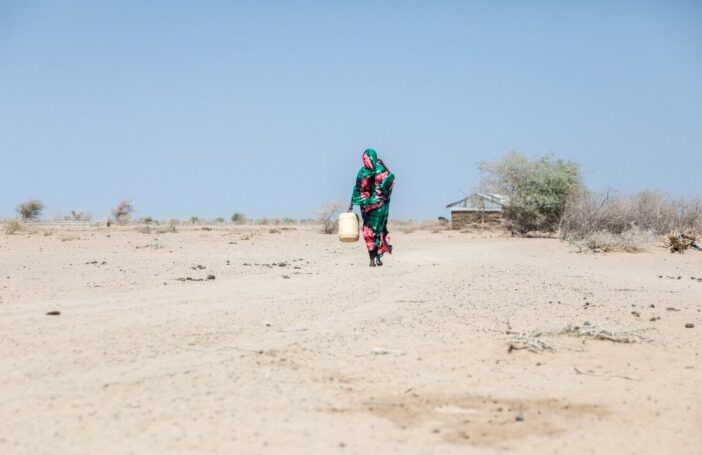As the toll from Russia’s brutal invasion of Ukraine continues to mount, albeit interspersed by some rare glimpses of hope, the implications for global aid are becoming clearer, and more worrying.
The effects on aid are both indirect and direct. In terms of indirect effects, food and fuel inflation resulting from the crisis (coupled with COVID-19 and climate change) is increasing extreme poverty; straining formal and informal social protection programs in many already highly indebted low- and middle-income economies; and exacerbating famine, conflict and fragility in countries such as Somalia, Yemen and Afghanistan. Simultaneously, donors’ fiscal space and political appetite for big aid responses to this increased demand are constrained by expensive domestic support programs to combat the impacts of soaring energy prices and higher inflation at home. Inflation is also eroding the real value of donors’ existing aid efforts.
There are also the direct costs of non-military financial, humanitarian and refugee support which is (understandably) being directed to help Ukraine and its people, but which could displace spending on needs elsewhere. Recent analysis by the secretariat of the OECD’s Development Assistance Committee (DAC) has attempted to quantify the potential scale of these direct costs based on donors’ funding commitments and refugee movements to date.
In terms of financial and humanitarian assistance, commitments to Ukraine are now estimated to be a significant proportion of – and, in the case of Poland, more than – the amount many DAC donors spent on their entire Official Development Assistance (ODA) budgets in 2021 (Figure 1).

Based on commitments to mid-June, the aggregate cost of aid to Ukraine in 2022 is projected to reach over one-quarter of the total ODA spent by DAC donors last year, or around US$46 billion. The US alone has committed US$8.5 billion in direct budget support to Ukraine to date, in addition to significant humanitarian assistance. By comparison, in 2020 Ukraine received US$2.6 billion in ODA from all donors, of which US$779 million was from DAC countries.
Then there is the cost of donors’ hosting of refugees for their first year of stay, which some DAC members count as ODA. While these estimates are harder to generate, the OECD has calculated the costs of three months’ refugee stay based on the number of Ukrainian refugees being hosted by DAC donors (Figure 2).

Based on the number of Ukrainian refugees as at mid-June, the aggregate cost of three months’ stay is estimated at around 3.3% of 2021 ODA, or around US$5.2 billion. If, as is likely, these refugees are forced to stay for longer, and/or there are more refugees from Ukraine, these costs will escalate. One UK-based civil society group has estimated that total in-donor refugee stay costs could quadruple in 2022 and reach as high as US$46 billion. It will not be until April 2023, when the DAC reports on its members’ spending this calendar year, that we will know the full quantum of these costs.
And, of course, neither set of estimates includes the future costs of the post-war reconstruction of Ukraine, which a recent joint European Union-World Bank assessment puts at US$349 billion, and which will grow for as long as the war continues.
These additional costs are not necessarily zero-sum. It may be the case that donors will supplement their aid budgets to meet the direct costs of the Ukraine crisis, including refugee stay, as well as to support future reconstruction efforts. Indeed, DAC members did increase aid for the second year running in 2021, and key donors, such as the United States and the European Union, have made their assistance for Ukraine additional.
But most of the 2021 increase in aid from DAC countries was for COVID-19 vaccines, not humanitarian crises. And, in the face of growing inflation, several European donors have already pursued significant ‘reallocations’ of aid to offset the costs of their Ukraine assistance, including in-country refugee stay. According to the DAC secretariat, the Netherlands, Sweden and Denmark have already announced reallocations worth a combined US$1.4 billion. Germany’s finance minister has proposed an aid cut of 12% to help finance domestic energy and income support programs. And, in the case of the UK, in-donor refugee costs of potentially around £2 billion to £3 billion in 2022 (that is, potentially more than a quarter of the £11.5 billion it spent in 2021) will likely be counted toward its cap of 0.5% ODA as a proportion of Gross National Income, which some will interpret as the latest in a series of consecutive cuts to aid by the Johnson/Truss governments.
Writing for Foreign Affairs, Ian Mitchell and Nancy Birdsall from the US-based Center for Global Development argue that Western donors’ propensity to “cook the books” and consistently under-resource global aid and climate finance “undermine the credibility of Western donors and hurt the United States and its allies in their competition with China for influence around the world”.
While Australia has hardly ever counted in-donor refugee costs as aid, it is worth remembering that it is much less generous than most European donors, including the UK. Nor will it ever come anywhere near the US when it comes to the global aid burden-share. But Australia is also seeking credibility in the competition for influence. While the Ukraine crisis will continue to present the world with difficult choices, the Albanese government should, starting with Australia’s own declining aid budget, work to ensure that the West’s support for Ukraine does not come at the expense of aid efforts in other parts of the world.





